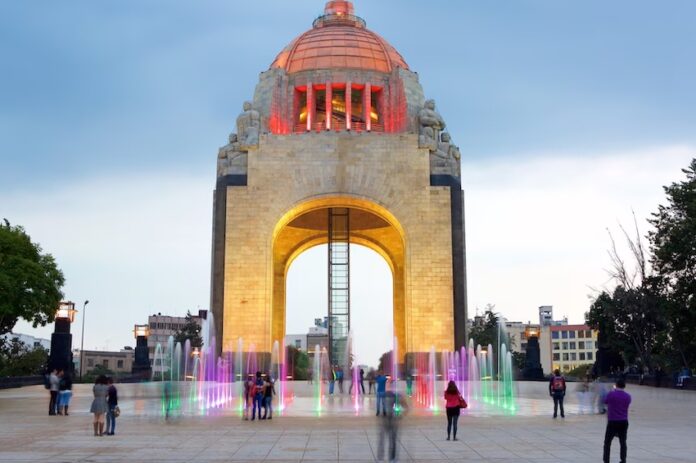While tourists flock to Roma Norte and Condesa, savvy travelers are quietly sneaking north to Tabacalera, a neighborhood that perfectly captures Mexico City’s ability to blend revolution with refinement. Recognizable for the iconic Monument to the Revolution and bordered by tree-lined Paseo de la Reforma, this compact barrio showcases some of the capital’s finest Art Deco architecture and surprising history.
Tabacalera’s many corners showcase a day’s worth of cultural discoveries, culinary adventures, and spontaneous moments that make Mexico City so unique Here’s how to experience the capital’s most underrated neighborhood like a local, from revolutionary coffee to rooftop sunset views.
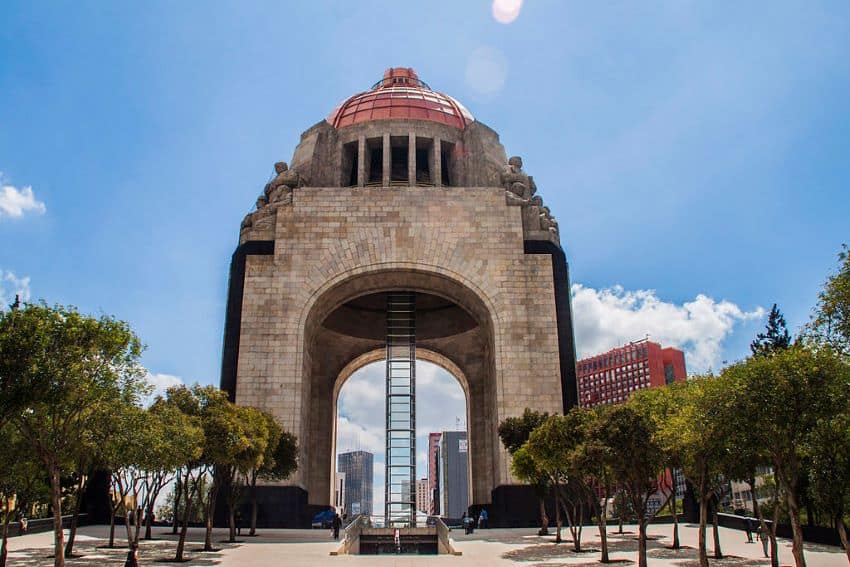
Morning: Revolutionary breakfast
Start your morning at Café La Habana, where history and caffeine intersect in the most delicious way. Due to its location on the southern side of Paseo de la Reforma, it’s technically in La Juárez, but so commonly associated with the Monument to the Revolution that it would be silly not to start your day of Tabacalera exploration here.
The beloved Cuban restaurant is known for more than its sandwiches and coffee — rampant are the claims that Fidel Castro and Che Guevara planned the Cuban Revolution from this very diner while in exile in Mexico City. Running since 1952, the restaurant’s high ceilings, central wooden bar and black-bowtied wait staff give you the feeling that you’ve time traveled to the days of Vincente Fernández and Octavio Paz.
Once you’re adequately hopped up on caffeine and that revolutionary spirit, take a 10-minute walk across Reforma for your first museum stop.
Mid-morning: Descend into history
The Museum of the Revolution is housed within the monument of the same name and serves as the prominent arched landmark in Tabacalera’s Plaza de la República. And isn’t it ironic? You have to descend into the bowels of this towering structure to understand the roots of the uprising that shaped modern Mexico.
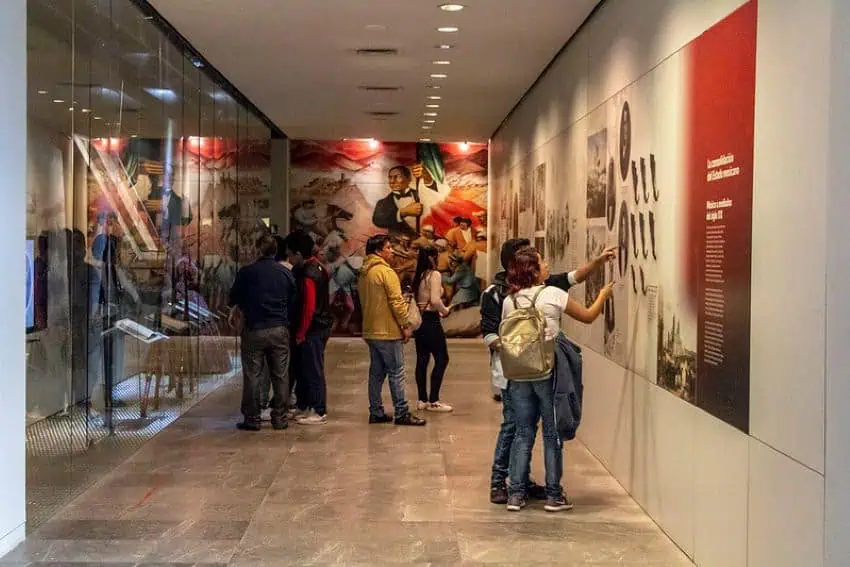
Inside, broad explanations of history from the Constitution of 1857 through the post-revolutionary government are exhibited with the kind of thorough detail that makes you grateful for that strong coffee you just consumed. Information is presented in Spanish, so have your translator handy if necessary or hire a local guide. From here, a 150-peso ticket will grant you access to the top of the monument for impressive views of Mexico City’s sprawling geography.
Late Morning: Unexpected performances
Back on the plaza, take a spin around its circumference, where you’re sure to stumble upon a series of impromptu contemporary dance performances. These group sessions, made up largely of local teens and 20-somethings, generally take place in front of the business district’s reflective facades, and while the choreography may be amateur, it’s genuinely impressive.
The energy is infectious, and you’ll find yourself lingering longer than planned, which is exactly the point. However, don’t let it cut into the time you could spend admiring the Frontón Mexico. The funky Art Deco building is notable for its bright red facade, but it’s what’s inside that really shines: visitors can choose between trying their luck at the casino’s slot machines or indulging in a midday jai alai tournament.
Midday: Aristocratic art
Continue north until you reach the National Museum of San Carlos, adjacent to a small park aptly named Parque Tabacalera. The transition from the plaza’s contemporary dance scene to this aristocratic palace feels like stepping through centuries in a matter of minutes.
Valencian colonial-era architect Manuel Tolsá created this part-Neoclassical, part-Baroque masterpiece for the Count of Buenavista, and despite centuries of varying uses — it once served as the official offices for the National Lottery — the building retains its aristocratic elegance. The marble staircases and frescoed ceilings are the backdrop for an extensive collection of European art, including Lucas Cranach the Elder’s “Adam and Eve”, works by Tintoretto and sculptures by Auguste Rodin.
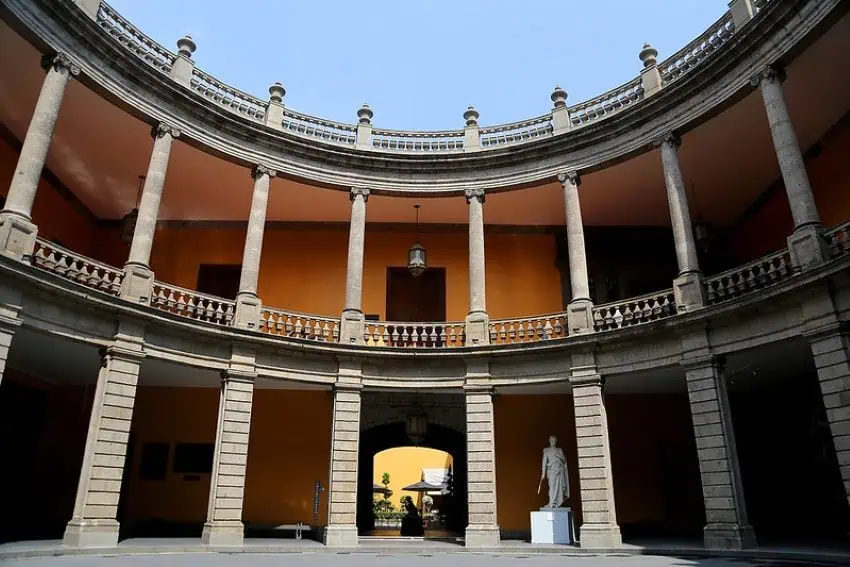
Afternoon: Hands-on Italian
You’re probably thinking about food now, and instead of sitting down to a predictable lunch, why not indulge in something different? Enter Toscanaccio, where Chef Gurioli, a native of Florence, will teach you the tricks behind making true Italian-style pizza — like where to source authentic mozzarella 10,000 kilometers from Italy — in the heart of Mexico City. You’ll later enjoy your creation with delicious imported wines and homemade pasta, creating the kind of cross-cultural moment that defines modern Mexico City dining.
Late Afternoon: Sweet whimsy and street life
Save room for dessert, which you can have in abundance at Doncella Cafe. The whimsical café serves up fairy-tale themed desserts in every shape and color of the rainbow, an appreciated contrast to the morning’s serious history lessons. The Instagram-worthy presentations and flowery decor are equal parts over-the-top and playful.
Walk it off with a bit of shopping at the many market stalls that surround the plaza. Vocal vendors sell everything from Lucha Libre masks to beaded hummingbirds to steaming hot esquites. Pass by the National Lottery Building, also known as Edificio El Moro, to catch a glimpse of its legendary Art Deco design. For a brief moment in 1946, this structure was the tallest building in Mexico City, a reminder of the neighborhood’s bold mid-century ambitions.
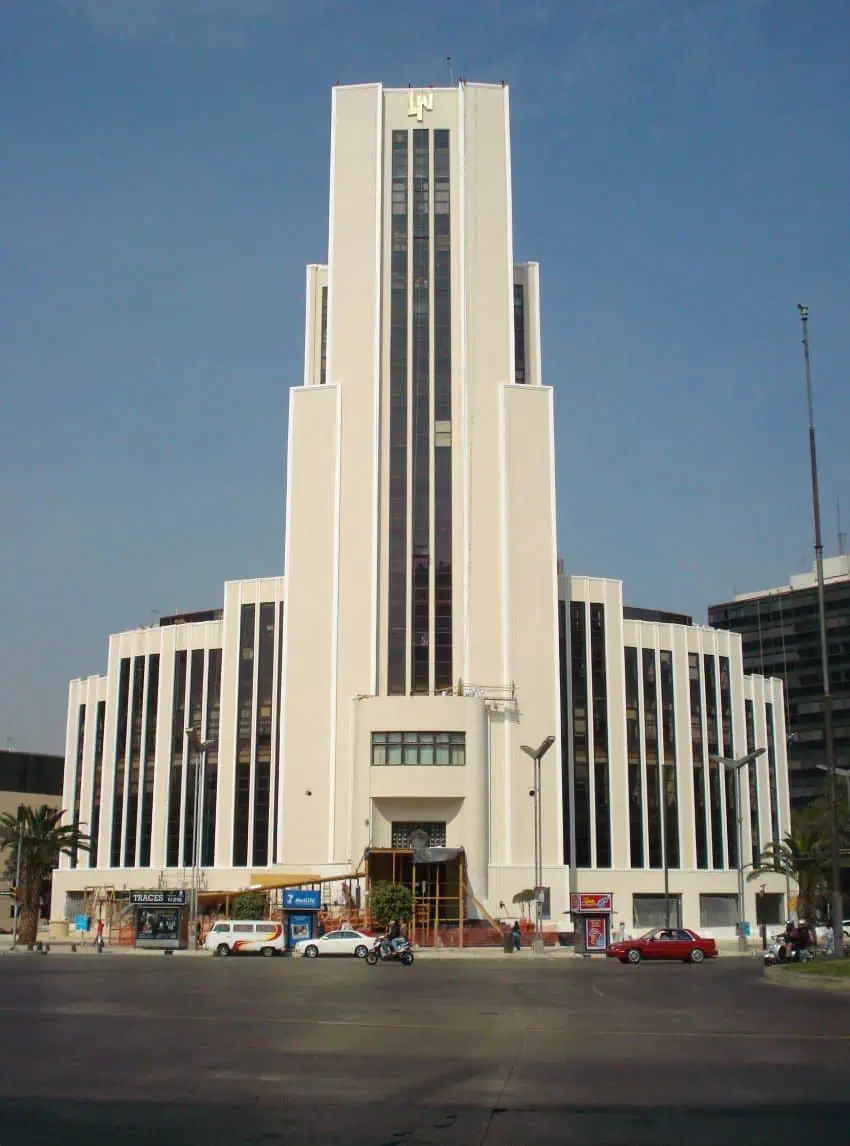
Before heading to your evening destination, make one more revolutionary pilgrimage to Calle José de Emparán 49, where a modest plaque marks the unassuming building where Fidel Castro and Che Guevara first met.The contrast between this quiet residential street and the world-changing events that were conceived here is a true testament to Tabacalera’s ability to hide history in plain sight.
Evening: Rooftop revolution
Before dusk, take the elevator up to the top floor of Avenida de la República 157 and step out onto one of Mexico City’s best-kept secrets:Terraza Cha Cha Cha. Filled with plants, pictures and an energetic zeal that feels both sophisticated and welcoming, the westward-facing views are perfect for watching the sunset while sipping on a spicy margarita.
The seafood-forward menu features favorites from many of Mexico’s coastal regions — including an excellent pescado zarandeado — and marks a fitting end to a day of cultural exploration. Bartenders will come to your table with a dolly full of your favorite liquors, and if you’re lucky, a marching band will be competing for airtime in the plaza below. As neon lights illuminate the monument soaring above Tabacalera’s cacophonous atmosphere, you’ll agree that there’s no better place to witness Mexico City’s charming chaos.
Bethany Platanella is a travel planner and lifestyle writer based in Mexico City. She lives for the dopamine hit that comes directly after booking a plane ticket, exploring local markets, practicing yoga and munching on fresh tortillas. Sign up to receive her Sunday Love Letters to your inbox, peruse her blog or follow her on Instagram.
